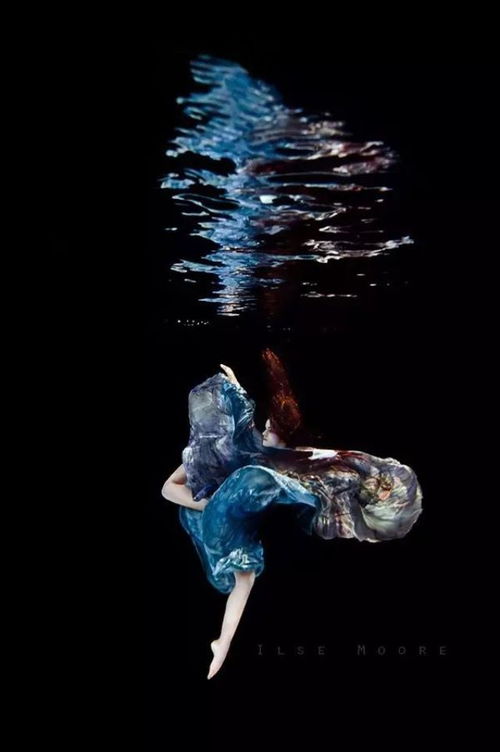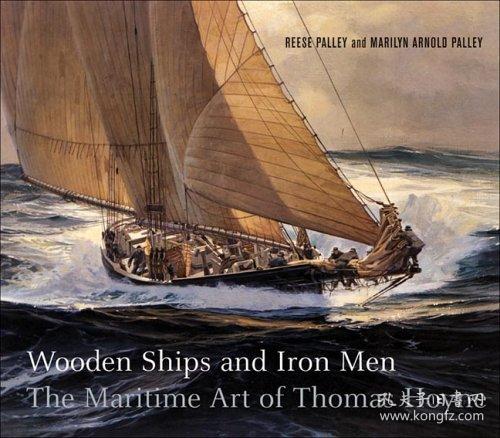Content:
Winter wave fishing can be a challenging yet rewarding experience for anglers. The cold weather, harsh winds, and churning waves make it a test of skill and perseverance. However, with the right techniques and knowledge, you can catch some impressive catches even in the most difficult conditions. In this article, we will provide you with a comprehensive guide to winter wave fishing, including tips, tricks, and a step-by-step illustration to help you master this art.
Choose the Right Location
The first step in winter wave fishing is to find the right location. Look for spots where waves are less intense, such as bays, inlets, or areas with natural protection from the wind. Avoid exposed beaches or headlands, as they can be too dangerous and challenging to fish.
Prepare Your Gear
Winter wave fishing requires specialized gear to handle the harsh conditions. Here are some essential items you should have:
a. Rod and Reel: A sturdy, heavy-duty rod with a strong backbone is essential for battling waves. A high-quality reel with a smooth drag system is also important to prevent line breakage.
b. Line: Use a monofilament line with a breaking strength of at least 20 pounds. Braided line can also be used, but it is more susceptible to stretching and may not be as forgiving when fighting waves.

c. Lures and Bait: In winter, fish are often more conservative and less active. Opt for larger, heavier lures or bait that can withstand the waves and attract the attention of fish.
d. Tackle Box: Carry a tackle box with essential tools, such as hooks, swivels, split rings, and pliers.
Dress Appropriately
Winter wave fishing can be cold and wet, so it is crucial to dress appropriately. Wear a waterproof jacket, insulated pants, a thermal base layer, and a hat to keep warm. Consider investing in a wetsuit or drysuit to protect yourself from the cold water.
Positioning and Techniques
a. Positioning: When fishing in waves, it is important to maintain a stable position. Use a wading staff or a sturdy stick to steady yourself and avoid falling. Keep your feet shoulder-width apart and bend your knees to absorb the impact of the waves.
b. Casting: In wave conditions, casting can be challenging. Aim for a low, sidearm cast to help your lure or bait reach the desired spot. Keep your casting arm close to your body to reduce the chances of your line getting tangled in the waves.
c. Retrieval: Once your lure or bait reaches the desired spot, start retrieving it slowly and steadily. Avoid quick, erratic movements, as they can spook the fish. Pay attention to the waves and adjust your retrieval speed accordingly.
Patience and Persistence
Winter wave fishing requires patience and persistence. Fish may be less active during this time, so be prepared to wait for longer periods. Stay focused and keep your bait or lure in the water as much as possible.
Safety First
Safety should always be your top priority when fishing in winter wave conditions. Always fish with a partner, carry a first aid kit, and inform someone of your fishing plans. Wear a life jacket, and be aware of your surroundings to avoid potential hazards.
Illustration:
To help you visualize the techniques discussed in this article, we have created a step-by-step illustration of winter wave fishing. The illustration includes:
- Choosing the right location
- Preparing your gear
- Dressing appropriately
- Positioning and casting
- Retrieval techniques
- Safety precautions
By following this comprehensive guide and utilizing the provided illustration, you will be well-equipped to tackle winter wave fishing and enjoy the thrill of catching fish in challenging conditions.
In conclusion, winter wave fishing can be an exhilarating and rewarding experience. By following the tips and techniques outlined in this article, you can improve your chances of success and stay safe while enjoying this thrilling outdoor activity. Remember to always prioritize safety and practice patience and persistence to catch those big fish during the winter months.












